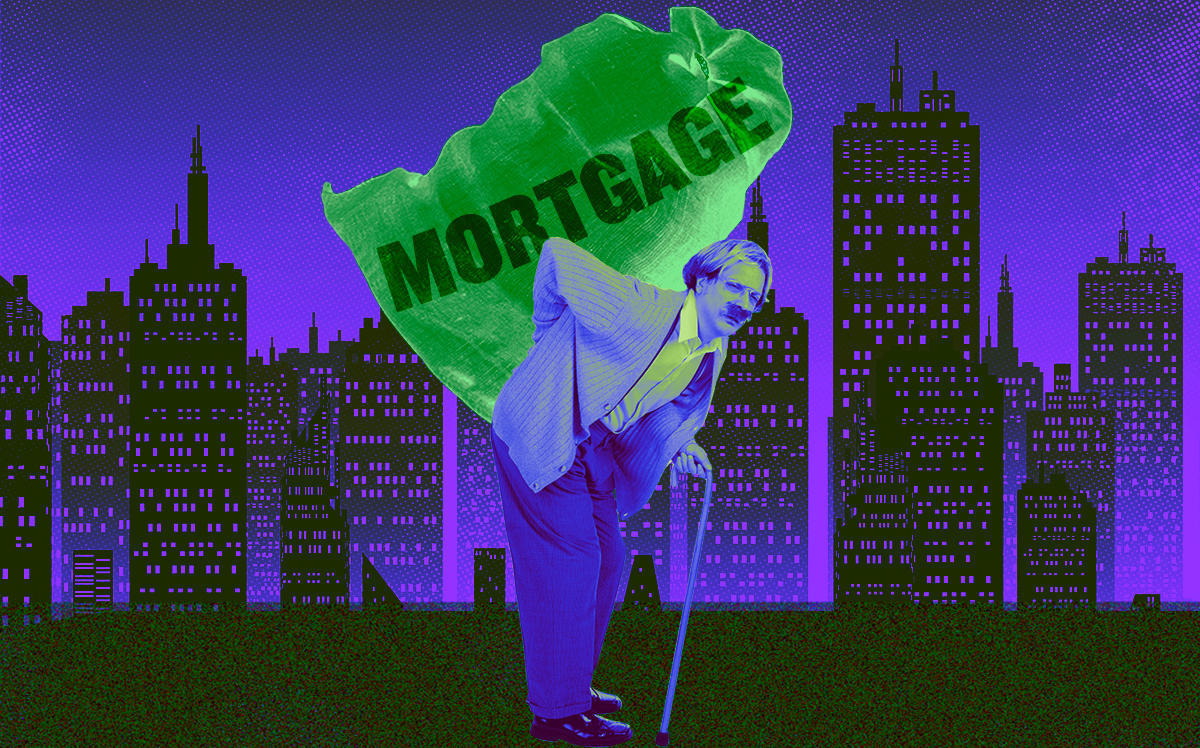Trending
Older Americans increasingly saddled with housing debt
Refinancings explain the growth in seniors owing on homes

The share of older Americans with housing debt has doubled over the last 20 years, rising from 15.3 percent in 1995 to 32.7 percent in 2016.
Blame refinancings.
A recent analysis published by the Harvard Joint Center for Housing Studies found that equity extraction, refinancing and extended loan terms largely account for the increase in seniors’ housing debt over the last two decades. Among older Americans, the amount of debt jumped from $27,090 in 1995 to $70,000 in 2016, after adjusting for inflation.
The analysis used data from the Survey of Consumer Finances to examine the effects of a variety of factors on the growth in seniors’ household debt. Some factors were demographic, including race, income, wealth, the age at which homeowners took out mortgages, the rate of homeownership, the number of years the homeowner owned the property and home purchase price.
The remaining factors included loan term length, whether the homeowner refinanced their mortgage and whether the homeowner extracted equity from their home.
The analysis found that, all told, demographic factors only account for about 25 percent of the growth in debt. Far bigger contributors were “mechanisms that increase the incidence of debt conditional on the number of years that households have owned their homes,” wrote Jonathan Spader, the study’s author.
One such mechanism is refinancing. Term refinancings have nearly quadrupled over the last two decades, with the share of older households who had refinanced mortgages tripling to 10.7 percent in 2016 from 3.4 percent in 1995.
Another mechanism, according to the study, is mortgages with terms exceeding 30 years. The share of older households with such mortgages increased to 13.5 percent in 2016, up from 3.5 percent in 1995.
Spader suggests that older Americans are increasingly turning to refinancing and longer-term loans because they reduce monthly mortgage payments and allow more room for spending. Another possible explanation is that extended terms are an unintended consequence of households refinancing in a low interest rate environment and treating the 30-year mortgage as the default.
Refinancings among all American homeowners fell in the last week of August 2020, according to the Mortgage Bankers Association, but were still up by 40 percent over last year, with many homeowners taking advantage of historically low interest rates.




